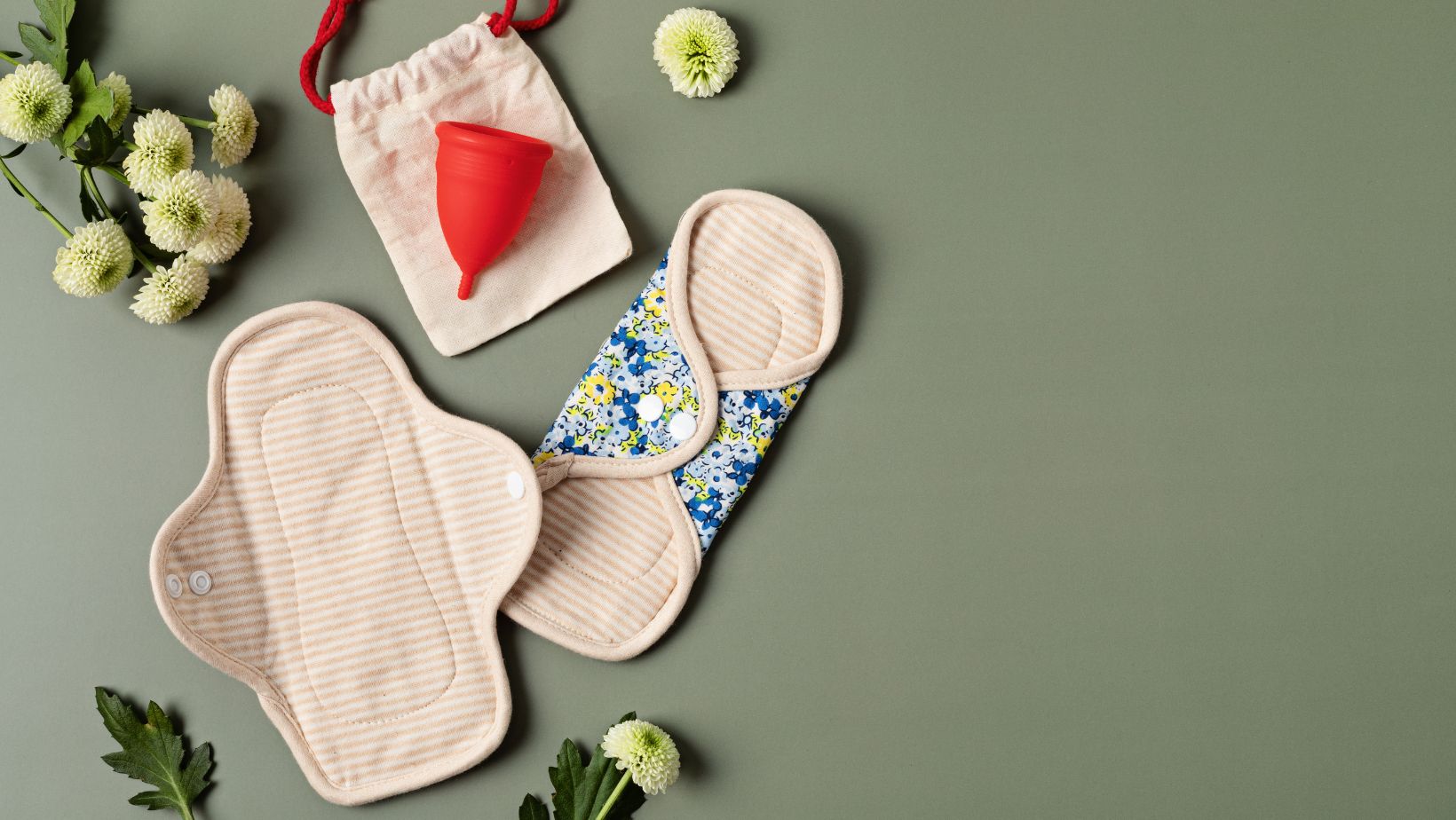Periods are a natural and essential part of a woman’s life, yet choosing the right period products remains a crucial, yet often overlooked decision. With the increasing awareness about healthier, eco-friendly alternatives, it is important to understand how to choose the right period products tailored to your body’s specific needs. This article aims to guide you through the array of options available and empower you to make informed decisions for both your health and the planet.
Understanding Period Products
Pads and tampons are the most commonly used menstrual products. Pads, typically worn externally, come in various sizes and absorbances to suit different menstrual flows. They are often made from layers of absorbent material, with a sticky backing that adheres to underwear. Tampons, on the other hand, are inserted into the vaginal canal and absorb menstrual blood internally.
Menstrual cups are a revolutionary alternative to traditional menstrual products. Made from medical-grade silicone or rubber, these reusable cups are inserted into the vagina to collect menstrual blood. Unlike tampons, menstrual cups do not absorb blood but rather hold it until it is emptied.
Period underwear is a relatively new entrant in the world of menstrual care. These specially designed underwear feature built-in absorbent layers that can hold menstrual blood. They come in various styles, from full-coverage briefs to thong options, and can be worn alone or as a backup to other period products.
What are some Key Considerations for Choosing Menstrual Products?
Absorbency and Flow
The absorbency level of menstrual products is a critical factor. It’s essential to choose products that match your menstrual flow to avoid leaks and ensure comfort. Pads and tampons are available in various absorbency levels, while menstrual cups and period underwear offer different capacities depending on the brand and design.
Comfort and Fit
Comfort is paramount when selecting menstrual products. Ensure that pads and tampons fit well and do not cause irritation. For menstrual cups and period underwear, consider the fit and material to ensure they align with your body’s needs.

The goal is to find products that you can wear confidently throughout your menstrual cycle.
Environmental Impact
If sustainability is a priority for you, consider the environmental impact of your menstrual products. Menstrual cups and period underwear are eco-friendly options that reduce waste. On the other hand, traditional pads and tampons contribute to landfill waste. Research brands that prioritize eco-conscious practices and choose products that align with your values.
Maintaining Hygiene and Health, The Future of Period Products
To prevent infections and discomfort, change pads, tampons, or empty menstrual cups as recommended and follow the manufacturer’s instructions for cleaning and sterilizing menstrual cups to avoid bacterial growth and pay attention to any unusual symptoms, such as itching or unusual discharge, and consult a healthcare professional if needed.
The period product industry continues to evolve, with ongoing innovations aimed at improving comfort, sustainability, and inclusivity. From biodegradable pads to menstrual products designed for specific health needs, the future holds exciting possibilities for menstrual care.
The Environmental Impact and Health Implications
One of the most significant untold truths about period products is their environmental impact. Traditional disposable pads and tampons contribute significantly to landfill waste. According to a study by the Environmental Protection Agency (EPA), a single pad or tampon can take up to 500 years to decompose.
The health implications of menstrual products are another area often overlooked. Many traditional pads and tampons contain synthetic materials, fragrances, and chemicals that can potentially irritate sensitive skin or disrupt the natural balance of your vaginal microbiome.
How to Choose the Right Period Products?
If you have a busy lifestyle, you might prefer products that are easy to use and manage, like tampons or period underwear. If you have time for regular maintenance, a menstrual cup could be a great option.
If you have sensitive skin or are prone to allergies, opt for products made from organic or hypoallergenic materials and If reducing waste is important to you, consider reusable options like menstrual cups and period underwear.
How do organic panty liners play a role in Period Products?
Organic panty liners are made from natural materials like organic cotton, which are less likely to be treated with harmful chemicals or pesticides. This can be beneficial for people with sensitive skin or those concerned about the long-term effects of chemical exposure.
The production of organic panty liners generally has a lower environmental footprint compared to conventional liners. Organic cotton farming often uses fewer synthetic fertilizers and pesticides, and many organic liners are biodegradable, reducing landfill waste.
Making the Switch: Tips for Transitioning to Reusable Products
Begin by incorporating one reusable product at a time into your routine.

For example, start with a menstrual cup and use it alongside your current period products and Take time to read instructions and watch tutorials on how to use and care for new products. Proper use and hygiene are crucial for comfort and effectiveness.
If you’re switching to a menstrual cup or period underwear, keep a few disposable products on hand for emergencies or when you’re trying to adapt and Staying Positive may take a few cycles to get used to new products. Be patient and open-minded as you find what works best for you.
Cost vs Convenience
Disposable products may seem cost-effective initially, but their cumulative cost over years can be substantial. Menstrual cups and period underwear often have a higher upfront cost but can lead to significant savings over time due to their reusability.
Convenience is a major factor in choosing menstrual products, but it’s crucial to balance it with health considerations. For example, while tampons offer ease of use and discretion, they may not be the best choice for everyone due to potential health risks.
Conclusion
In the era of health-conscious choices, choosing the right period product for your body is not just about comfort but also about prioritizing your health and well-being. From menstrual cups to organic cotton pads and period panties, the right product can enhance your period experience, reduce waste, and protect the environment. Take the time to understand your body’s needs and choose the right product that aligns with your lifestyle, health concerns, and environmental values.



